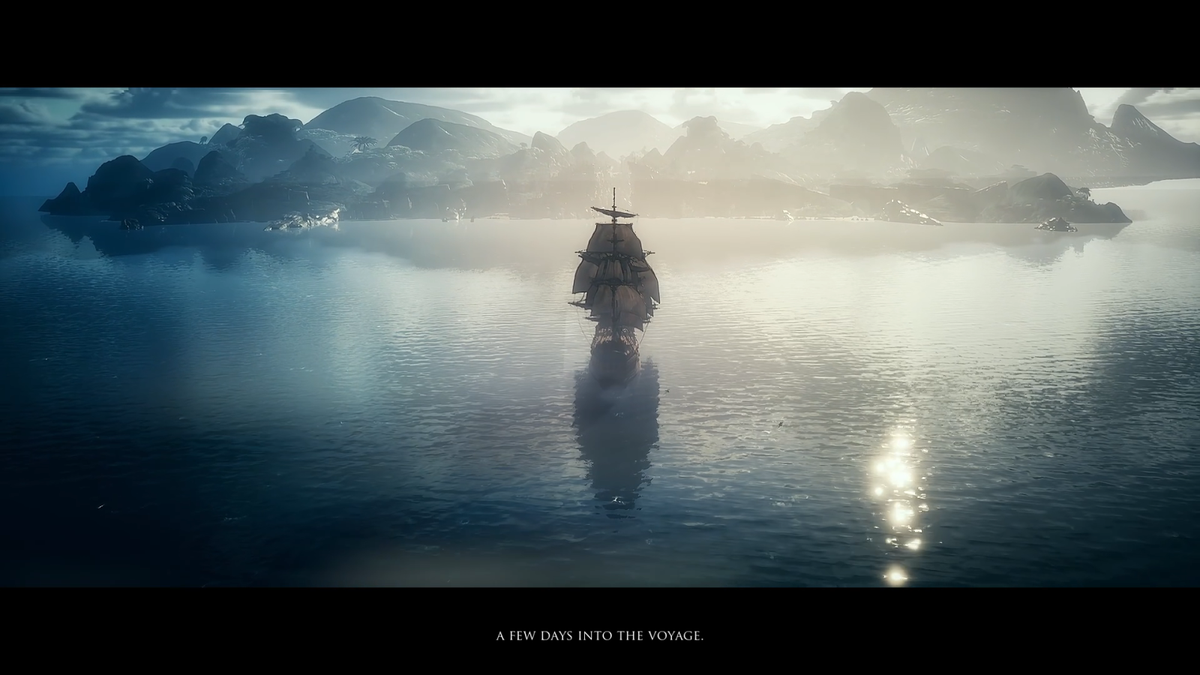
Flint: Treasure of Oblivion is a turn-based tactical adventure game from developer Savage Level and published by Microids. The Steam description says “Experience the golden age of piracy through a strong and original narrative, real-time exploration and turn-based tactical combat in Flint – Treasure of Oblivion.” After playing through the game, I’m not sure those are the words I would use to describe it.
Let’s talk about the story first. It’s about… something. There’s a magic ruby. Flint is soul-bound to some kind of witch because of… reasons. Your best friend dies. But also maybe he doesn’t. There are a bunch of other crew members that don’t matter at all. I think they are supposed to be pirates? Honestly after completing the game, I’m not really sure what I was supposed to be doing or why. The story is told through a combination of cutscenes, comic strips, and speech bubbles that make it very disjointed and hard to follow. The ending made no sense and all of the proceeding chapters were just the stereotypical escape from prison and rebuild your squad. Strong and original? I think not.
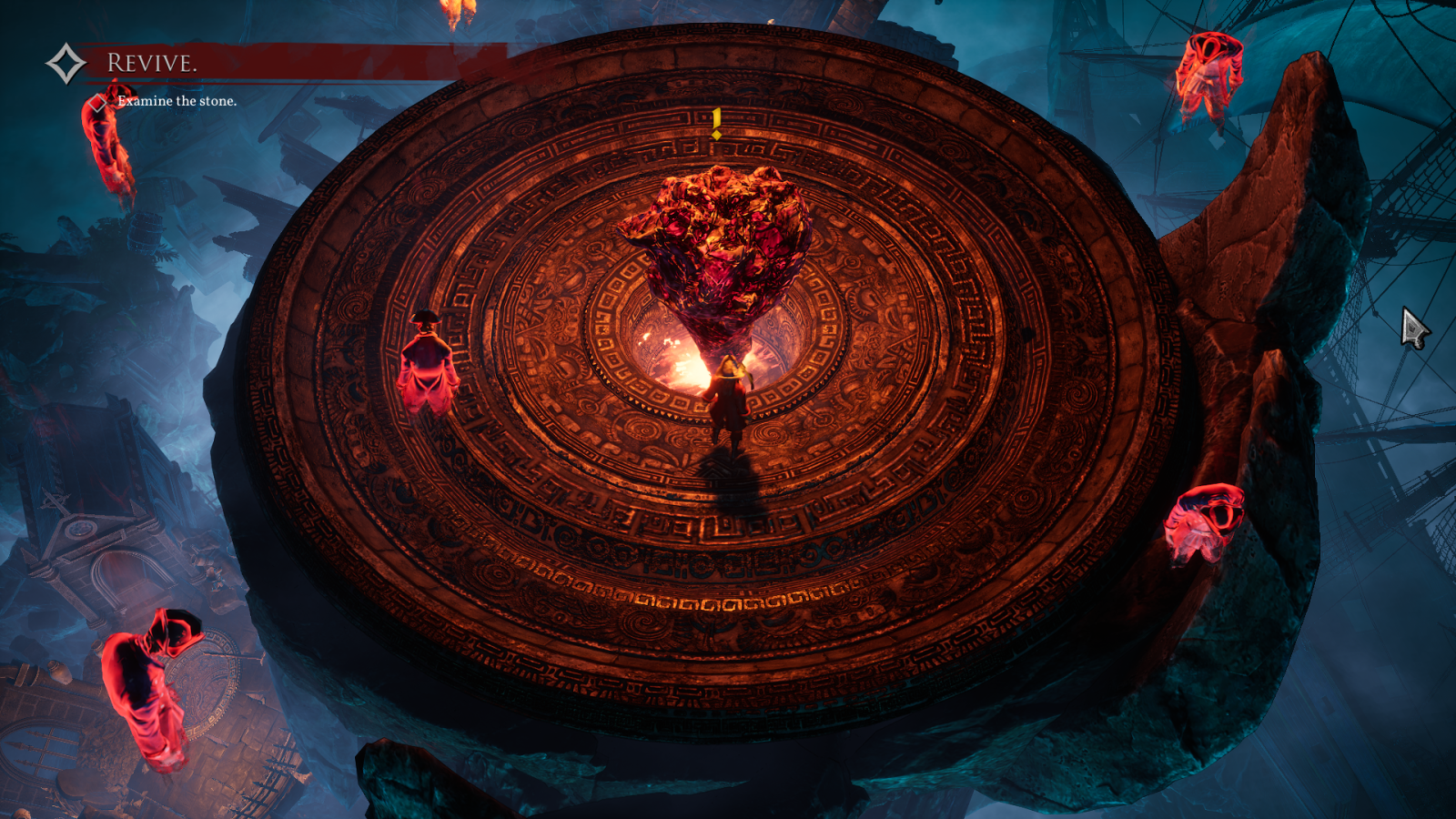
What about the real-time exploration? There is none. Sure there are gaps between encounters where you can walk around in real-time but whether it’s the port town or the jungle, it’s just aimless wandering with nothing to discover that serves no purpose other than to make the game take longer. There are no side-quests to discover. No hidden secrets. No encounters beyond the railroaded story. There is also no useful map or objective markers so you get to wander around for much longer than necessary to reach the next objective point. Travel is also frequently broken up by jumps, climbs, or drops that slow you down even further because you have to trigger them and wait for an animation to complete the movement. We would be better off cutting the “real-time exploration” out completely and just jumping to the next encounter.
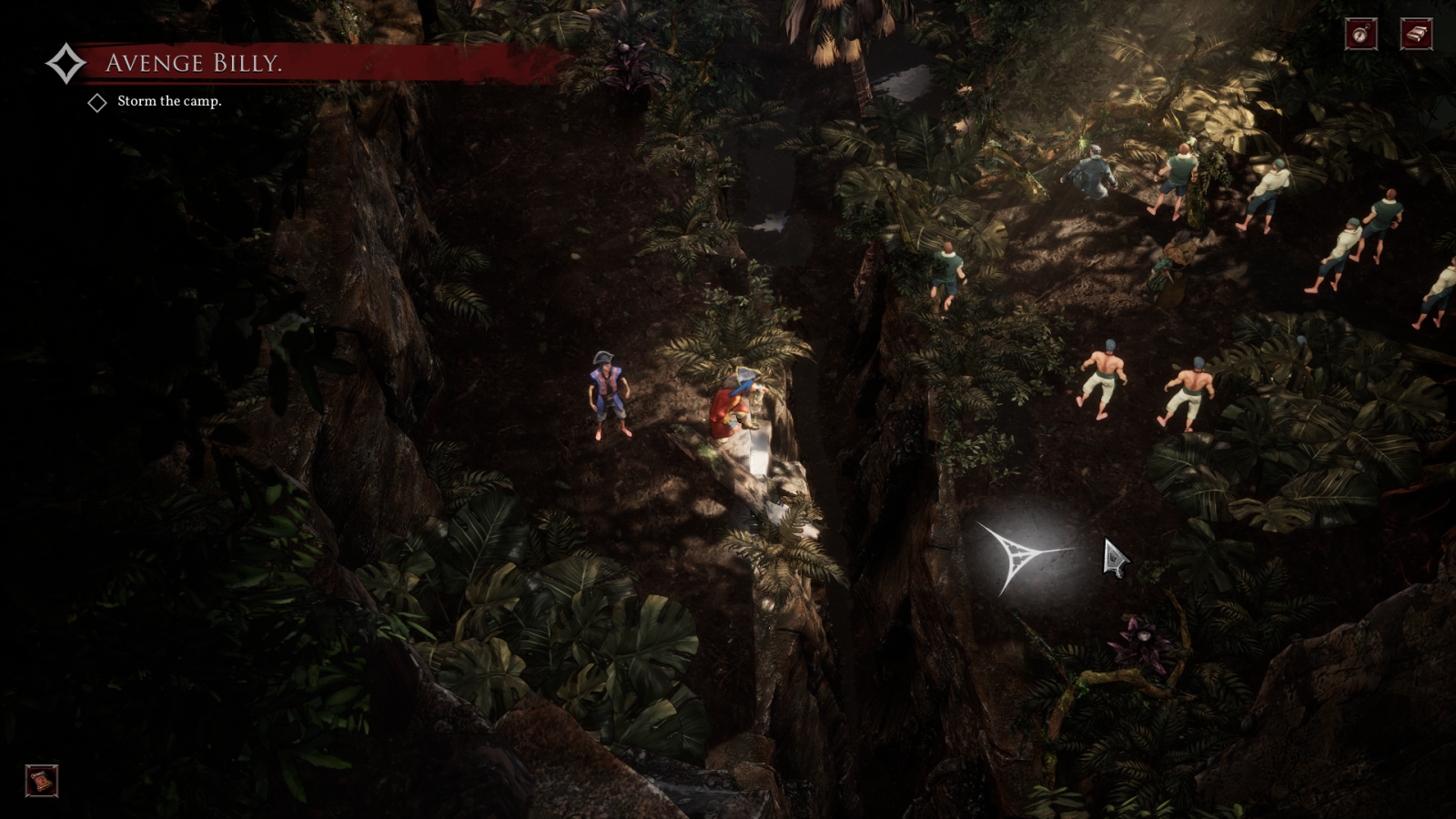
The “tactical turn-based combat” is ok but also a mess. Throughout the game, you will manage a growing crew of throw-away characters. You can choose their skills, equipment, and upgrade them by sharing out treasure as XP. Different weapons have different attack arcs and skills can provide extra buffs or special effects. You just have to memorize everything because once you’re in combat you can’t see what those things are anymore. All of the equipment, skills, and items are represented by beautiful illustrations but with no text to tell you what they are. In the crew menu, you can hover your mouse over them and see what they do but that’s not available during encounters. Oh and those upgrades? You’ll max out at level 3 about halfway through the game.
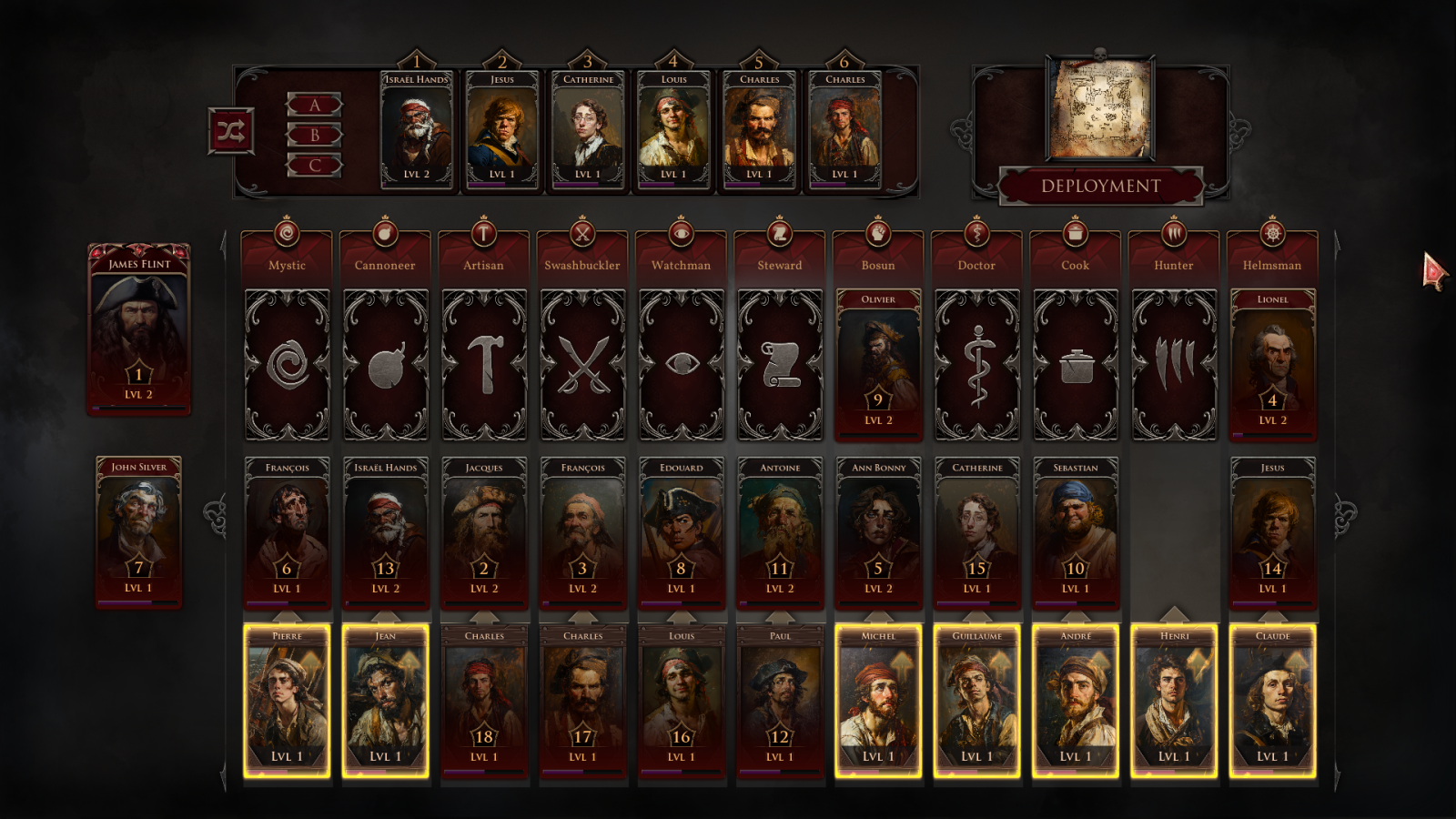
The actual combat revolves around a TTRPG-style dice system. Every attack requires a dice check to see if you hit, miss, how much damage you do, etc. If you’re lucky, you can instantly kill. If you’re unlucky, you can miss and your weapon will break. Have fun punching everyone to death. It’ll happen. Besides the swing of the dice, combat is fine if not terribly interesting or fun. From beginning to end, all of the encounters feel the same. The most interesting thing enemies will do is hurt themselves jumping off cliffs to take the most direct path to you. I lost a few crew members along the way but there was very little challenge or anything to make you think beyond clicking on the enemies closest to you. The exception being when you can use the small height changes and rolling barrels to wreak havoc on the enemies. Sure hitting someone with an axe might do a little damage but have you ever rolled a medium-sized wooden barrel into anyone or jumped on them from a small height? You get comically huge damage numbers out of these terrain elements. Rolling a barrel into someone is always better than slashing them with a sword or shooting them with a gun.
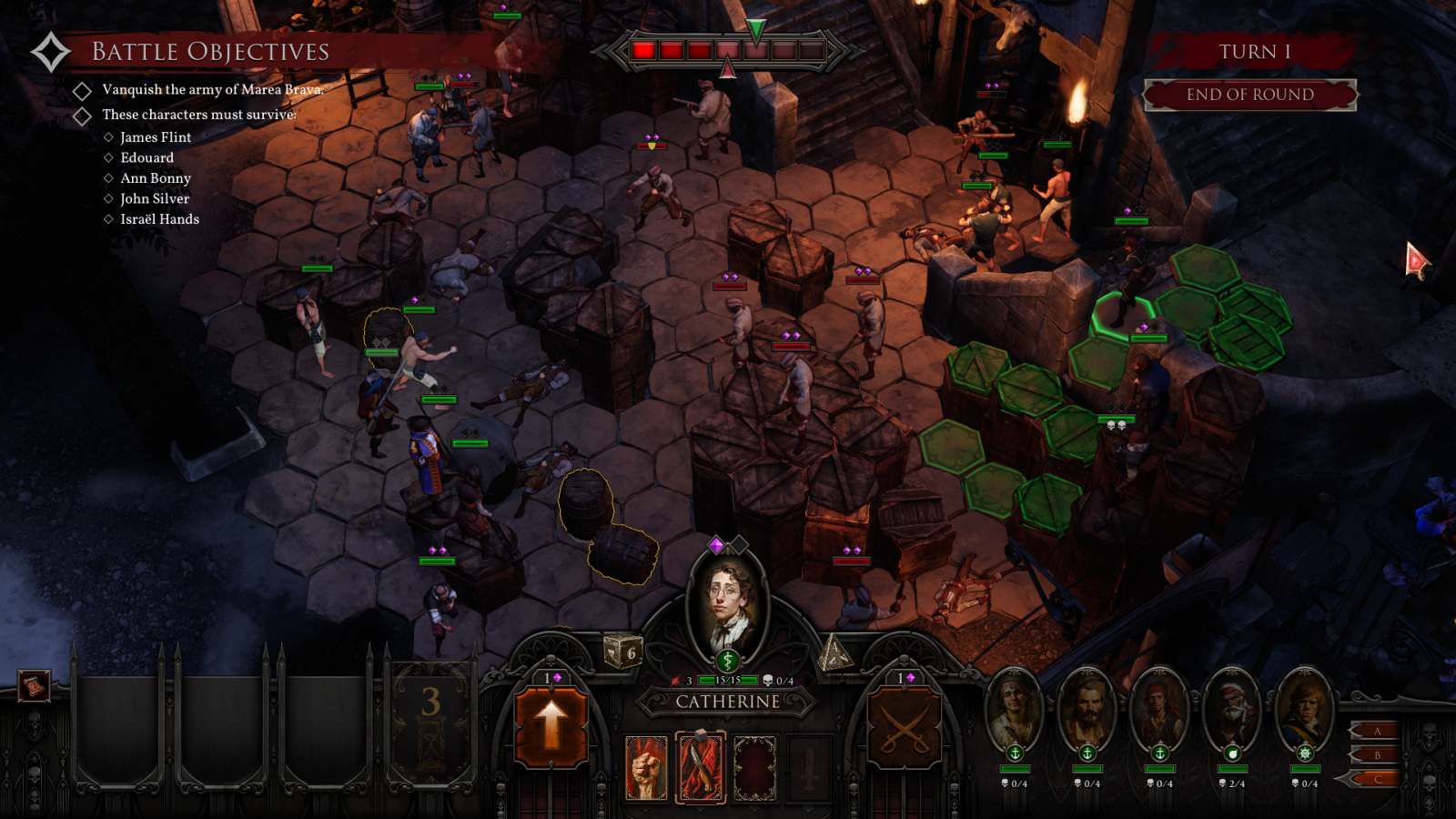
As the game progresses there are some supernatural elements that I had hoped would make things a bit more interesting. Wrong again. Upon reaching the final encounter the “boss” hovers in the air connected by magic to a big magic rock. Don’t worry though, she doesn’t do anything besides look cool. All you have to do is kill the handful of regular dudes gathered around and win the game. Challenge or interest-wise there is nothing separating the final battle from any of the other encounters in the game.
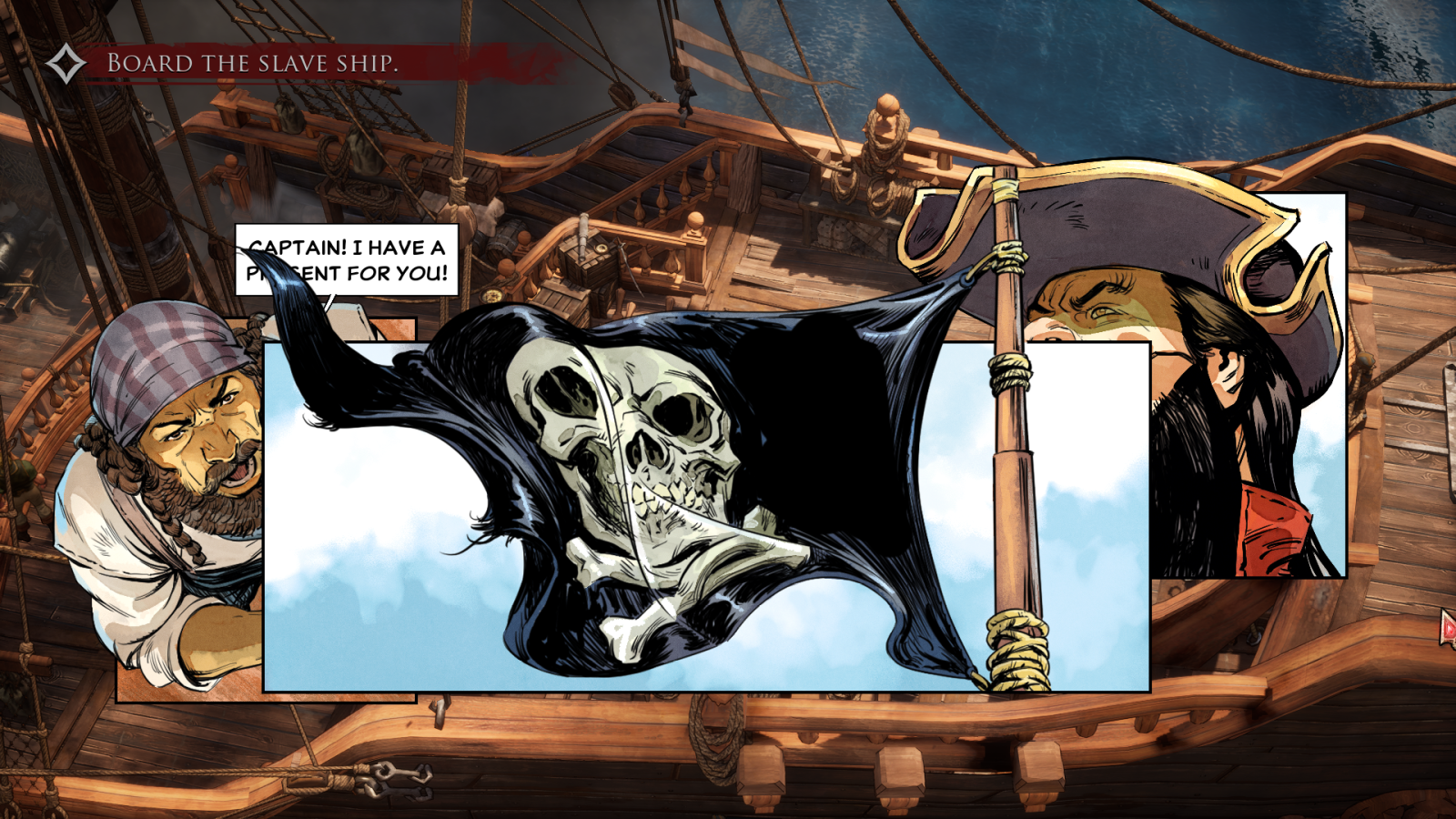
Flint: Treasure of Oblivion feels like an incomplete game with poor storytelling and little to do. At about 10 hours to complete it’s certainly not worth the $25 asking price. If you’re looking for real-time exploration and turn-based combat, look elsewhere. Games like Divinity Original Sin 2 or Baldur’s Gate do everything Flint wants to do but exceedingly better. If Fantasy isn’t your jam, check out XCOM.
Flint: Treasure of Oblivion
Bad
Flint: Treasure of Oblivion feels like an incomplete game with poor storytelling and little to do. At about 10 hours to complete it’s certainly not worth the $25 asking price. If you’re looking for real-time exploration and turn-based combat, look elsewhere. Games like Divinity Original Sin 2 or Baldur’s Gate do everything Flint wants to do but exceedingly better. If Fantasy isn’t your jam, check out XCOM.
Pros
- Tactical combat with different weapons is interesting
Cons
- Confusing story
- “Exploration” is pointless
- Terrible UI
